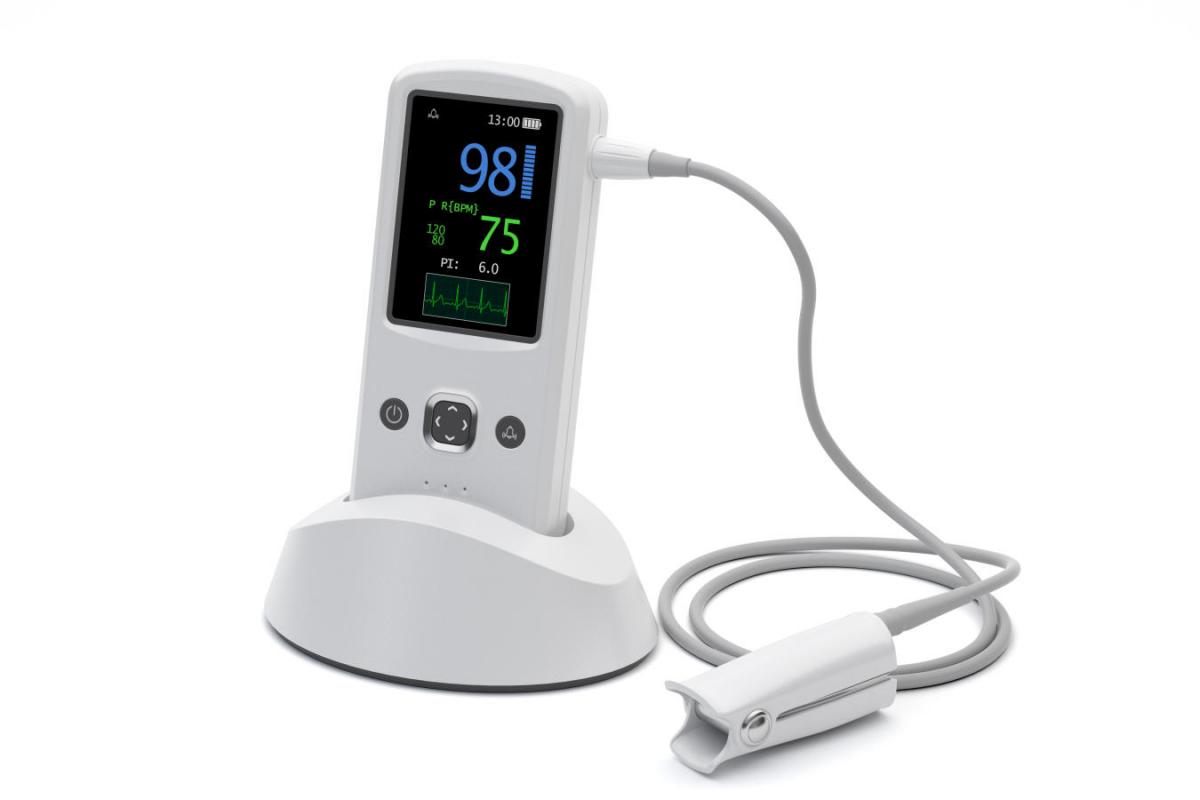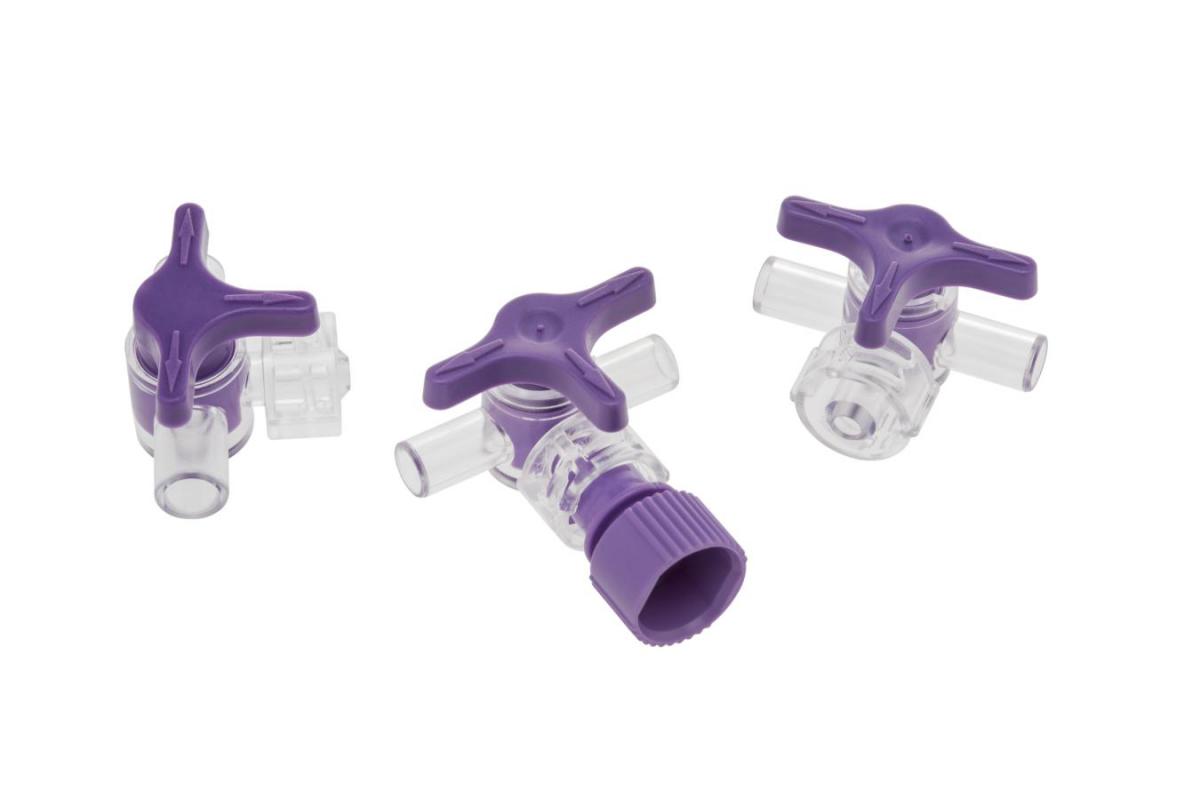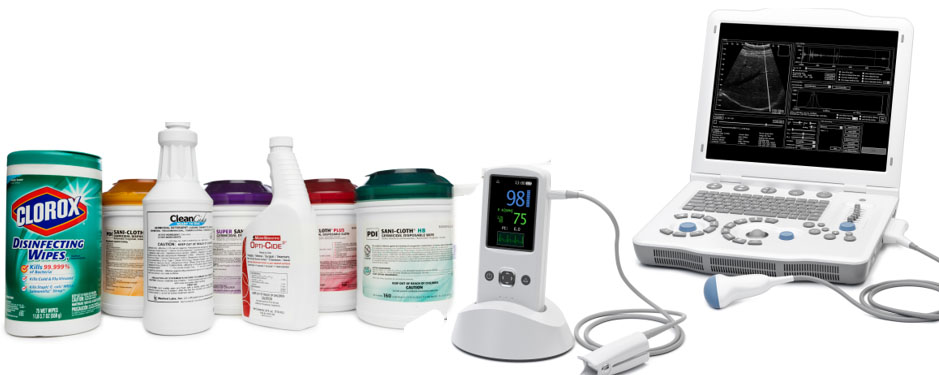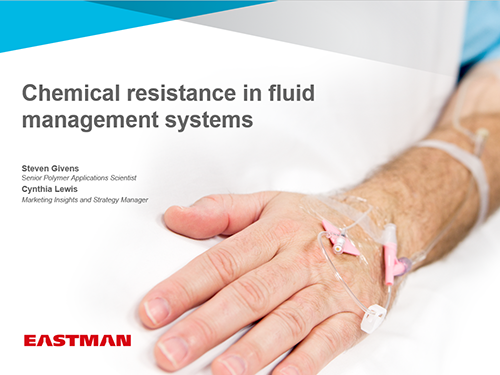Overmolding for soft-touch designs

The medical industry has a great and growing demand for innovative soft-hard designs in devices, housings, and other equipment. A recent advance in liquid silicone rubber (LSR) technology makes it easier to satisfy this demand with medical grades of Eastman Tritan™ copolyester.
The advantages of Tritan are well-known to readers of this blog. Medical grades of Tritan offer a unique combination of properties including:
• Outstanding resistance to medical disinfectants and solvents
• Excellent impact strength and durability
• Made without BPA and halogens
• Excellent clarity and color retention after sterilization by ethylene oxide (EtO),
e-beam, and gamma irradiation
- Read more about Overmolding for soft-touch designs
- Log in or register to post comments
Polymer selection for durables applications
Brand owners and design engineers continue to find new ways to use Eastman Tritan™ copolyesters in a wide range of food contact and non-food contact applications.
Its unique combination of clarity, durability, hydrolytic stability, and heat and chemical resistance makes Tritan ideal for many applications, including:
Food contact applications
• Commercial housewares
• Sports bottles
• Small appliances
• Infant care
• Water filtration
Non-food contact applications
• Appliances
• Leisure and safety
• Ophthalmics
• Oral care
• Tools
• In-mold decorations
Starting with your specific needs, Eastman can provide technical expertise and support to help determine the best grade of Tritan for your application.
- Read more about Polymer selection for durables applications
- Log in or register to post comments
Why specify medical grade polymers

It is critical for designers of innovative medical devices and packaging to have access to high-performance medical grade materials.
To ensure patient safety and long-lasting reliability, manufacturers depend on medical grade material suppliers like Eastman—not only to provide advanced, high quality raw materials but also to have capabilities and systems that help comply with medical protocols and regulations.
Manufacturers who specify medical grades of clear or opaque Eastman Tritan™ copolyester* know that Eastman will provide a high level of support throughout the regulatory journey to commercialization of a new product. Eastman’s world of experience helps ensure confidence and compliance in the areas of:
- Read more about Why specify medical grade polymers
- Log in or register to post comments
Selecting Medical Grade Polymers
 Eastman understands that the stakes are high when selecting the material for your next fluid management component, blood contact device, or electronic medical device housing. That’s why we want to help make this complicated process simpler when you consider Eastman Tritan™ copolyester, beginning with two criteria:
Eastman understands that the stakes are high when selecting the material for your next fluid management component, blood contact device, or electronic medical device housing. That’s why we want to help make this complicated process simpler when you consider Eastman Tritan™ copolyester, beginning with two criteria:
Matching a medical grade of Eastman Tritan™ copolyester to your needs
- Read more about Selecting Medical Grade Polymers
- Log in or register to post comments
Many Medical hardware housing complaints. One new technology solution.

The increased use of aggressive cleaners, medical disinfectants, and disinfectant wipes is taking its toll on traditional plastics. Many handheld and bedside devices are becoming sticky, wearing thin in high-touch areas, or even cracking, crumbling, or shattering after only a few months of service.
The problem is that device housings that were designed just a few years ago are often made with materials that lack the right combination of impact strength and chemical resistance for today’s demanding medical environments.
In one of our most popular webinars, from November 15, 2016, we discussed the chemistry and stress behind these premature failures as well as how Eastman Tritan™ copolyester for medical housings is helping to prevent costly repairs and replacements. By replacing traditional housing materials with Tritan, you can improve patient safety and customer satisfaction.
- Read more about Many Medical hardware housing complaints. One new technology solution.
- Log in or register to post comments
Hot runner molding systems #2
False starts are costly—especially when setting up a hot runner system. Making changes after a hot runner mold is released for building are difficult, extremely expensive, and can have lasting effects on system efficiency.
Early collaboration between Eastman and OEMs, part designers, tool designers, molders, and the hot runner supplier is one of the greatest benefits of molding with Eastman Tritan™ copolyester. This teamwork helps:
- Reduce product development time
- Ensure processing efficiency
- Improve end-product quality
- Read more about Hot runner molding systems #2
- Log in or register to post comments
Food Industry and Chemical Resistance
Food for thought—compatibility with cleansers and disinfectants used in the food industry
Chemical cleaning and disinfecting are critical steps to guarantee food products have safe, below threshold levels of microorganisms that can reduce product shelf life and cause foodborne illness if too high.
Food contact parts are generally cleaned before disinfecting. This helps reduce microbial contamination but serves the more important purpose of increasing the effectiveness of the powerful disinfectant that follows.
Both sanitizing steps rely on chemicals that can crack and break plastic parts and even lead to their premature failure. Chemical attack also can cause surface etching that creates a favorable environment for microbe growth.
Testing demonstrates Eastman Tritan™ copolyester is significantly more compatible with cleansers and disinfectants than other polymers used in the food industry.
- Read more about Food Industry and Chemical Resistance
- Log in or register to post comments
In case you missed our small appliance acoustics webinar—it’s now available on demand.
Noise is a turn-off. Quiet is a value-add. Consumers are willing to pay a premium for small appliances that provide robust performance—and do it with less noise.
- Read more about In case you missed our small appliance acoustics webinar—it’s now available on demand.
- Log in or register to post comments
How does electron beam sterilization affect Eastman Tritan™ copolyester?
Electron beam (e-beam) radiation is one of the most popular methods for sterilizing medical devices—along with gamma radiation, ethylene oxide (EtO), autoclave, and low-temperature hydrogen peroxide gas plasma.
Eastman conducted studies to determine the effects of e-beam radiation on the optical and physical properties of Eastman Tritan™ copolyester and other transparent medical polymers.
| Formula | Resin type |
|---|---|
| Eastman Tritan™ copolyester MX711 | copolyester |
| Eastar™ polyester MN052 | polyester |
| Eastar™ copolyester MN211 | copolyester |
- Read more about How does electron beam sterilization affect Eastman Tritan™ copolyester?
- Log in or register to post comments
Webinar available on demand— Chemical resistance in fluid management systems

In case you missed this informative webinar on 11 May 2016, it is now available for you to watch whenever you choose. The webinar addresses in detail:
• The need for chemical resistance in connectors, stopcocks, and filtration components
• How engineering polymers compare for compatibility with drugs, lipids, and carrier solvents
• How to use Eastman Tritan™ copolyesters in your fluid management components to improve patient safety
- Read more about Webinar available on demand— Chemical resistance in fluid management systems
- Log in or register to post comments





 Close
Close


